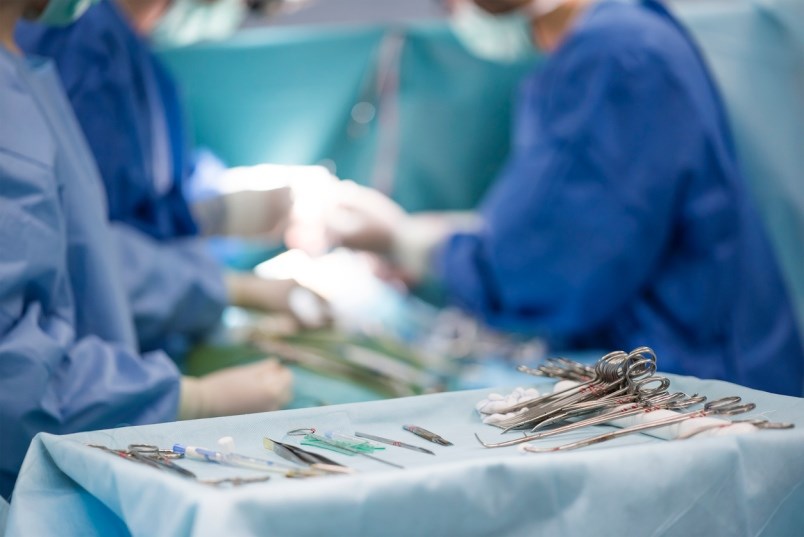An ageing Richmond population will once again benefit from a hip and knee surgery program that was once the darling of Richmond Hospital, according to Health Minister Adrian Dix.
“Richmond is going to have a significant population increase of seniors over the years and hip and knee surgery is important for people to live well,” Dix told the Richmond News, following the March 21 announcement that Vancouver General Hospital will open a new hip and knee replacement centre that will reduce a growing wait list.
Dix said Richmond Hospital’s defunct Hip and Knee Reconstruction Project, which ran from 2004-2010, provides a successful model to make such surgeries more efficient province wide.
Back then, surgeries were executed like clockwork with a process as like a factory line, explained Dix. Patients would be lined up successively so that a surgeon can seamlessly move from one to the other in dedicated, “swing” operating rooms that have standardized processes, equipment and staff roles. All of this is supported by pre-surgery efficiencies such as monitored waitlist management as well as post-surgery care, including tracking patient outcomes
Dix said he wasn’t sure of the exact reason why the Richmond project ended, but the health system learned important lessons from it nevertheless. A ministry spokesperson claimed the program was a pilot that expired.
The fact that the program is being rejuvenated elsewhere doesn’t mean Richmond residents will be left out. It just means they’ll have to cross a bridge as the program is still within Richmond’s health authority, Vancouver Coastal Health.
“Richmond will be part of program. There are multiple sites.
“I don’t think the big impediment to successful surgery is the distance between going from Vancouver to Richmond or Richmond to Vancouver,” said Dix.
This year (2018-2019) the government is spending $75 million across the province to reduce the backlog of those waiting for various surgeries. It has targeted an additional 9,400 surgeries, including 4,000 additional hip and knee surgeries, 900 dental surgeries and 4,500 others.
In 2016-17, approximately 14,390 hip and knee surgeries were performed in B.C., and by 2018-19, more than 19,250 will be done annually, according to the Ministry of Health.
The following year (2019-2020) will see $100 million for additional surgeries. Eventually 18 sites will be part of the province-wide program.
The Ministry stated that in 2016-17, 30 per cent of people waiting for hip surgery and 38 per cent of people waiting for knee surgery waited more than 26 weeks.
“In the second year there will be no waits past 26 weeks,” promised Dix, who is confident health staff can accomplish the task at hand.
According to the Canadian Institute for Health Information, in 2015 the average age of hip replacement patients in Canada was 67.6 for men and 72.3 for women.
In 2006 Richmond’s senior population (65 years of age or older) was 22,250, or 12.8 per cent of the population. By 2016 those figures rose to 33,650, or 17 per cent of the city.
The surgical strategy has four areas of focus:
-
Providing more surgeries in areas with long wait times, starting with hip and knee surgeries and incrementally tackling other surgeries with long waits
-
Investing to keep up with growing demand for all other surgeries
-
Making surgical programs and operating rooms in the province more efficient through better planning and scheduling and, establishing centralized booking and a single point of contact for patients
-
Making sure the right number of health professionals is in place to deliver the services needed to meet demand both now and into the future, including surgeons and anesthetists, as well as nursing and rehabilitation health professionals



